At the upcoming SEE 10 regional meeting in Ljubljana, a unique event will be taking place. A group of Internet pioneers from a country that is no more will be sitting together for the first time to talk about their memories of the early days of networking in Balkans! Consider this your invitation to take part!
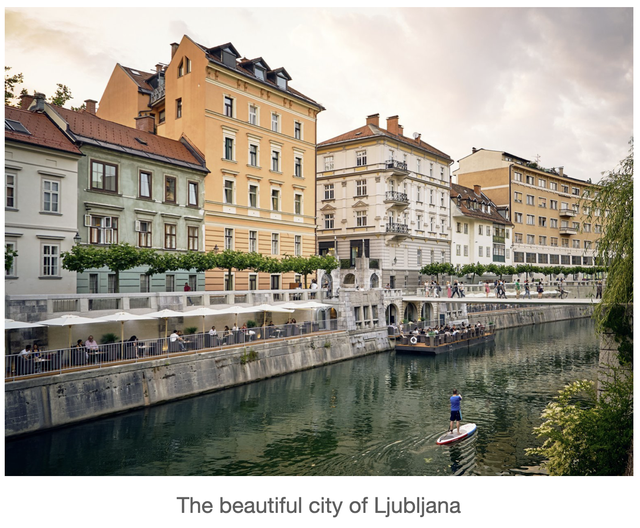
Today, it is clear that the Internet is of great importance in the lives of ordinary people. However, in the early 1990's, it was only those who we in hindsight now call "technical visionaries", have been able to predict the impact it the Internet will have -- and to put a lot of effort in making it happen!
The history of (ex) Yugoslavia is both tragic and cautionary. The history of how Internet infrastructure was built there, however, is inspirational! We are celebrating the work of the Internet pioneers, by organising the first gathering of such kind: at the RIPE NCC's Regional South-East Europe meeting in Ljubljana, 11-12 April 2022.
Join the panel discussion, online or in person
- Panel date: Monday, 11. April
- Time: 17:00 CEST (5PM)
- Venue: Hotel Union, Ljubljana
Everyone will be able to follow the event via the SEE 10 livestream.
To participate fully, please register here. Attendance is free!
For online participation, we use Meetecho platform, where you can ask questions to the speakers.
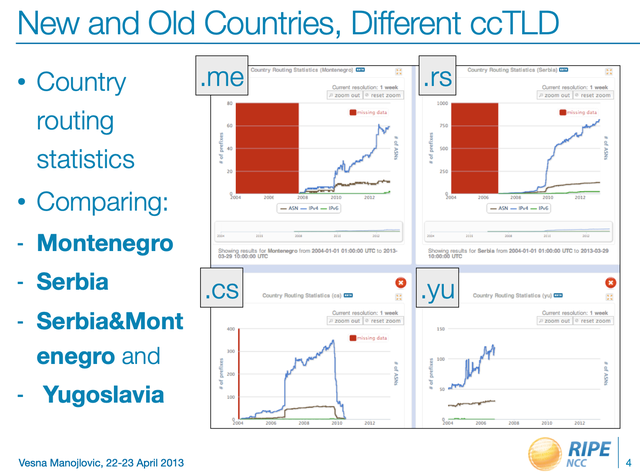
History in Numbers
The RIPE NCC has been following the development of the Internet and distribution of Internet number resources across the SEE region for a long time. For example, back at SEE 2 in 2013, I gave a presentation on the SEE region as seen from RIPEstat.
More recently, Jelena Cosic has been taking a deep dive into the technical history of Internet connectivity across the region. Working with Rene Wilhelm and Emile Aben from the RIPE NCC, the work being done here has led to the production of a set of beautiful visualisations that tell us a story worth more than a thousand words. For SEE 10, Jelena will be presenting these findings in conjunction with Slobodan Markovic, who has also been carrying out research into the history of Internet in Serbia. Here's a sneak preview of those visualisations:
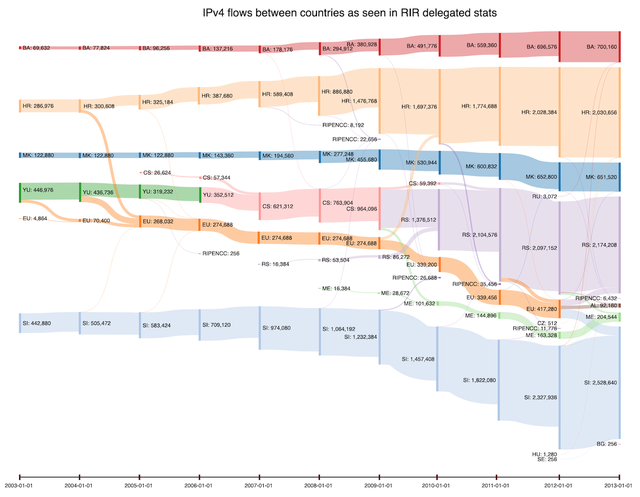
Having been closely involved during the 'middle-era' of Internet development in Yugoslavia (1991-98), and as a member of the programme committee for SEE meetings, I saw the opportunity to expand the story pieced together by Jelena and Slobodan into a larger picture of the whole region. The idea occurred to me to contact representatives from other countries and "alternative" networks (such as ZaMir) to share their memories. The PC has collected an impressive group of panelists for the upcoming meeting in Ljubljana!
Historical Panel

A panel on the technical history of Internet infrastructure in ex-Yugoslavia will take place on the first day of SEE 10 (Monday 11 April) charied by Slobodan Marković (Digital Advisor at United Nations Development Programme, in Serbia).
The session is scheduled to last one hour and thirty minutes. We'll begin with questions to each of the panelists, who are as follows:
- Daniel Karrenberg (RIPE NCC) will describe significant stages in Europe's transition from OSI to IP, as well as RIPE's participation in it
- Avgust Jauk (Arnes) will walk us through the technical setup of the first Internet server at the time
- Darko Bulat (First Croat Internaut) will focus on the larger community of microcomputer/BBS enthusiasts from the 1980s who were often instrumental in bringing the Internet to the people
- Mira Tasić (RNIDS) will guide us through the technical configuration of the first Yugoslav BITNET node at the Serbian Statistical Office
- Wam Kat (ZaMir) will explain the technical configuration of the ZaMIR BBS network and describe its role in reconnecting the war-torn Yugoslavia
- Željko Drašković (MIXP) will explain to us how Montenegro came to be connected to the Internet and what challenges this involved
Each segment should take up to 10 minutes, and then there will be time for audience questions. We'll then return to the panel for closing thoughts on the following points:
- Their opinions on what was learned from that period
- What mistakes were made at the time that should be avoided in the future
- The role of Internet then and now
We truly hope that meeting of our panelists to be a momentous event. There will be lots of people in the room who played vital roles in creating the future of the Internet 30 years ago and went on to become true Internet pioneers in Europe and the former Yugoslavia!
If you have an interest in these topics, we truly hope you can attend SEE 10 either in person or online next week for what we are sure will be a fantastic session!
Stay connected!
To keep connected with each other beyond the in-person meetings, join:
- SEE Discuss mailing list
- RIPE NCC on Twitter, LinkedIn, Facebook
- Our next RIPE meeting - RIPE 84 - this May in Berlin/online.

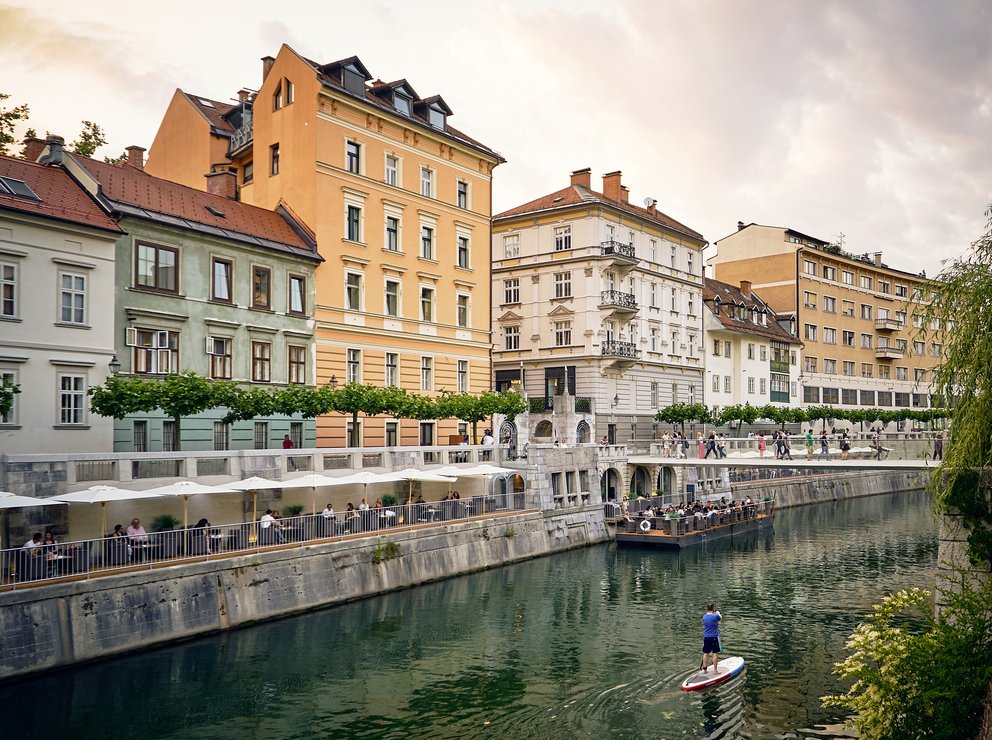
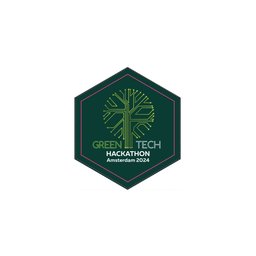
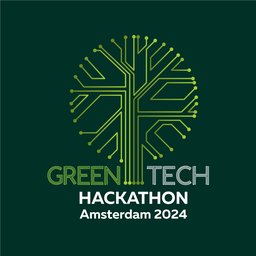
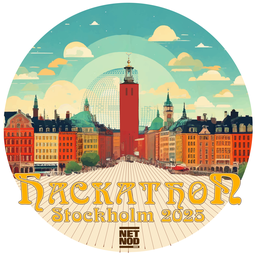
Comments 2
The comments section is closed for articles published more than a year ago. If you'd like to inform us of any issues, please contact us.
Vesna Manojlovic •
Here is a link to the video recording of the presentation & the panel: "Technical history of Internet Infrastructure in ex-Yugoslavia" https://www.youtube.com/watch?v=ohp-MKVVYjQ&t=17478s Jelena Cosic (RIPE NCC) & Slobodan Markovic (UNDP) "Internet in Yugoslavia - From JUPAK to IP" (slides) https://www.ripe.net/participate/forms/uploads/fobi_plugins/file/see-10/Internet%20in%20Yugoslavia-FINAL_0f14b91c-6c4e-40e4-9ab3-b132acf8057c.pdf
Vesna Manojlovic •
In October 2022, at RIPE85 meeting in Belgrade, there was another talk and another panel about Internet history: "Remembering the Internet Revolution in Belgrade" https://ripe85.ripe.net/archives/video/881/